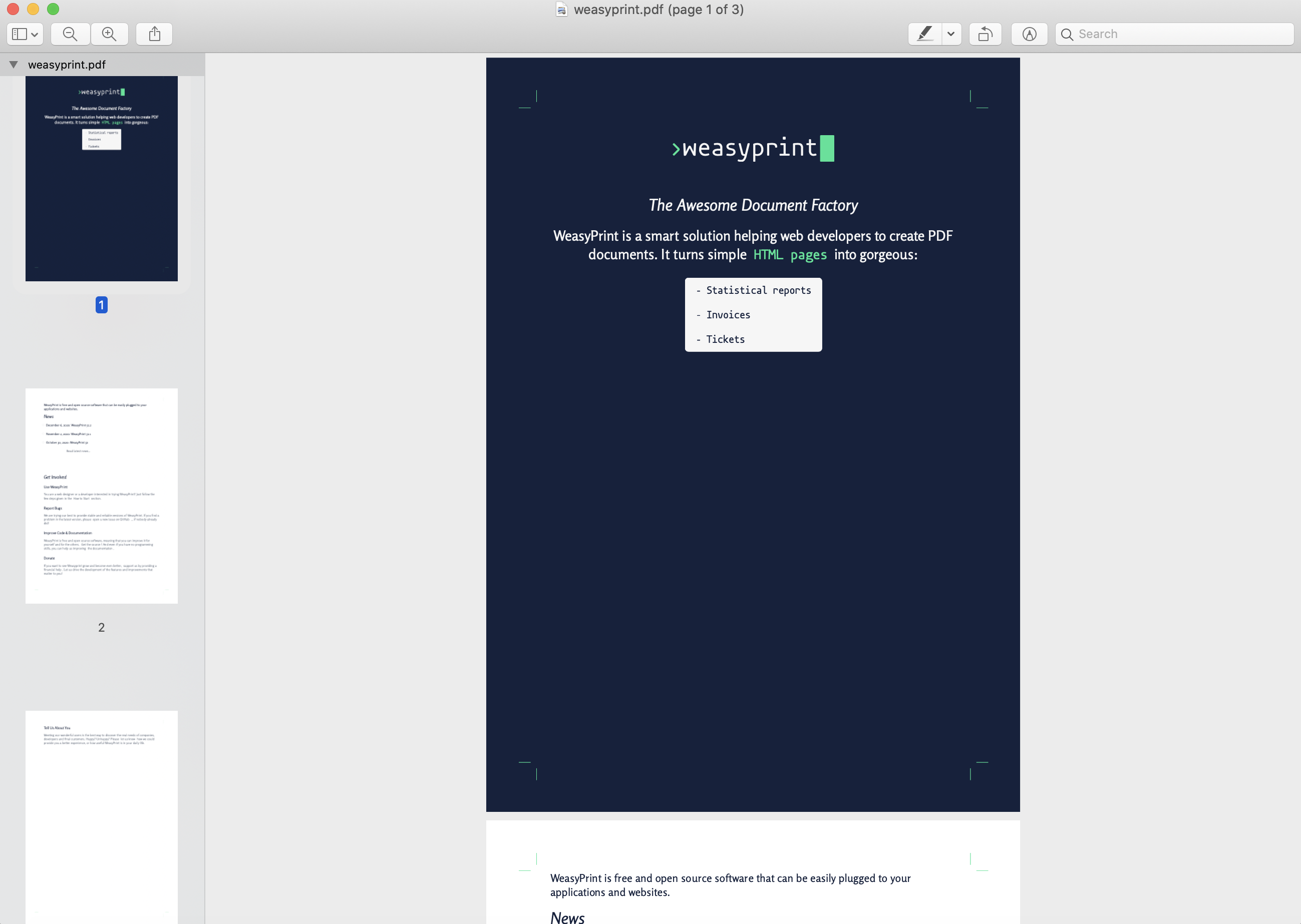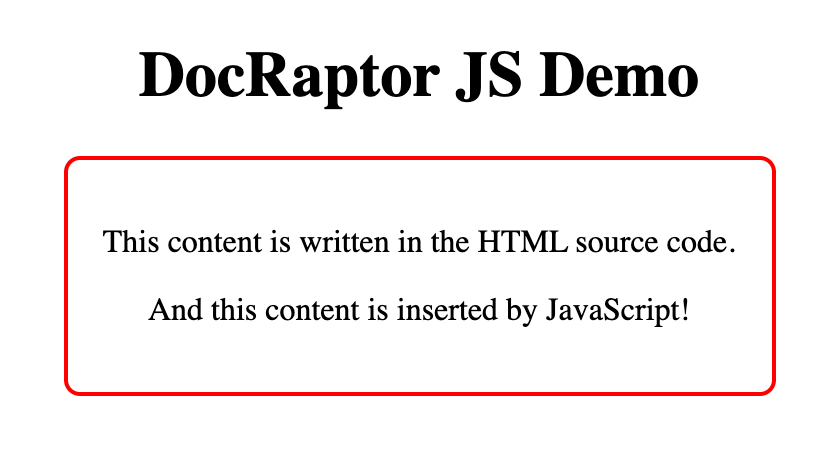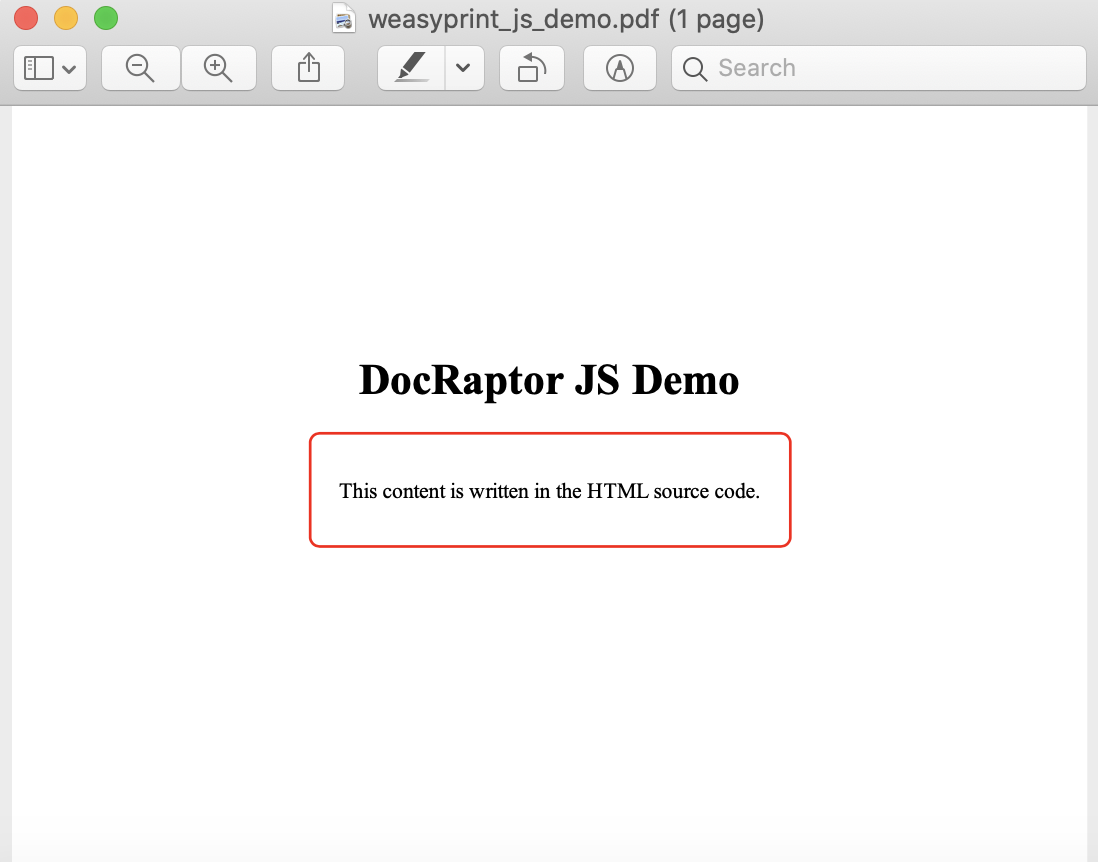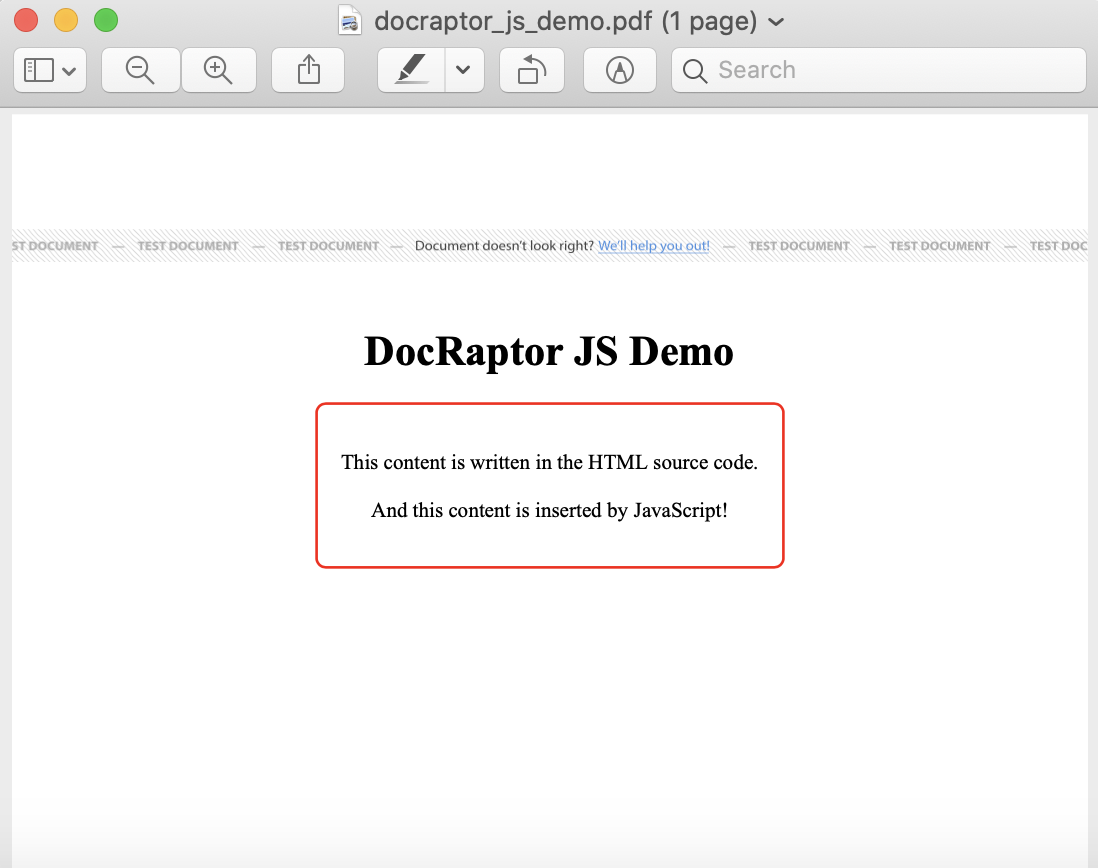DocRaptor vs. WeasyPrint: A PDF Export Showdown
This article analyzes both DocRaptor and WeasyPrint, two PDF exports. Which one will take home the gold medal? Read below to find out!
Join the DZone community and get the full member experience.
Join For FreeIntroduction
I recently published an article comparing HTML-to-PDF export libraries. In it, I explored options like the native browser print functionality, open-source libraries jsPDF and pdfmake, and the paid service DocRaptor. Here's a quick recap of my findings:
If you want the simplest solution and don’t need a professional-looking document, the native browser print functionality should be just fine. If you need more control over the PDF output, then you’ll want to use a library. jsPDF shines when it comes to single-page content generated based on HTML shown in the UI. pdfmake works best when generating PDF content from data rather than from HTML. DocRaptor is the most powerful of them all with its simple API and its beautiful PDF output. But again, unlike the others, it is a paid service. However, if your business depends on elegant, professional document generation, DocRaptor is well worth the cost.
In the comment section for my article on Dev.to, one person suggested I take a look at Paged.js and WeasyPrint as additional alternatives to consider. This person is Andreas Zettl, and he has an awesome demo site full of Print CSS examples.
So, today we'll explore the relative strengths and weaknesses of DocRaptor and WeasyPrint.
WeasyPrint Overview
Let's start with WeasyPrint, an open-source library developed by Kozea and supported by Court Bouillon. For starters, it's free, which is a plus. It's licensed under the BSD 3-Clause License, a relatively permissive and straightforward license. WeasyPrint allows you to generate content as either a PDF or a PNG, which should adequately cover most use cases. It's built for Python 3.6+, which is great if you're a Python developer. If Python is not your forte or not part of your company's tech stack, then this may be a non-starter for you.
One of the biggest caveats to be aware of is that WeasyPrint does not support JavaScript-generated content! So, when using this library, you'll need to be exporting content that is generated server-side. If you are relying on dynamically generated content or charts and tables powered by JavaScript, then this library is not for you.
Installing WeasyPrint
Getting up and running with WeasyPrint is fairly easy. They provide installation instructions on their website, but I use pyenv to install and manage Python rather than Homebrew, so my installation steps were more like the following:
Installing pyenv and Python:
# install pyenv using Homebrew
brew install pyenv
# install Python 3.7.3 using pyenv
pyenv install 3.7.3
# specify that I'd like to use version 3.7.3 when I use Python
pyenv global 3.7.3
# quick sanity check
pyenv version
# add `pyenv init` to my shell to enable shims and autocompletion
echo -e 'if command -v pyenv 1>/dev/null 2>&1; then\n eval "$(pyenv init -)"\nfi' >> ~/.zshrc
Installing WeasyPrint and running it against the WeasyPrint website:
pip install WeasyPrint
weasyprint https://weasyprint.org/ weasyprint.pdf
As you can see, the simplest way to use WeasyPrint from your terminal is to run the weasyprint command with two arguments: the URL input and the filename output. This creates a file called weasyprint.pdf in the directory from which you run the command. Here's a screenshot of the PDF output when viewed in the Preview app on a Mac:

Looks great! WeasyPrint also has a full page of examples you can check out which showcases reports, invoices, and even event tickets complete with a barcode.
DocRaptor Overview
Now, let's consider DocRaptor. DocRaptor is closed-source and is available through a paid license subscription, although, you can generate test documents for free. It uses the PrinceXML HTML-to-PDF engine and is the only API powered by this technology.
Unlike WeasyPrint's Python-only usage, DocRaptor has SDKs for PHP, Python, Node, Ruby, Java, .NET, and JavaScript/jQuery. It can also be used directly via an HTTP request, so you can generate a PDF right from your terminal using cURL. This is great news if you're someone like me who doesn't have Python in their arsenal.
DocRaptor can export content as a PDF, XLS, or XLSX document. This can come in handy if your content is meant to be a table compatible with Excel. For the time being though, we'll just look at PDFs, since that's something both WeasyPrint and DocRaptor support.
One relative strength of DocRaptor compared to WeasyPrint is that it can wait for JavaScript on the page to be executed, so it's perfect for use with dynamically generated content and charting libraries.
Getting Started With DocRaptor
DocRaptor has guides for each of their SDKs that are well worth reading when first trying out their service. Since we ran the WeasyPrint example from the command line, let's also run DocRaptor in our terminal by using cURL to make an HTTP request. DocRaptor is API-based, so there's no need to download or install anything.
Here's their example you can try:
curl http://YOUR_API_KEY_HERE@docraptor.com/docs \
--fail --silent --show-error \
--header "Content-Type:application/json" \
--data '{"test": true,
"document_url": "http://docraptor.com/examples/invoice.html",
"type": "pdf" }' > docraptor.pdf
And, here's the output after running that code snippet in your terminal:

Voila: a nice and simple invoice. DocRaptor's example here isn't as complex as WeasyPrint's was, so let's try generating a PDF from one of DocRaptor's more advanced examples.
curl http://YOUR_API_KEY_HERE@docraptor.com/docs \
--fail --silent --show-error \
--header "Content-Type:application/json" \
--data '{"test": true,
"document_url": "https://docraptor.com/samples/cookbook.html",
"type": "pdf" }' > docraptor_cookbook.pdf
Here's the output for this cookbook recipe PDF:

Pretty neat! Just like WeasyPrint, DocRaptor can handle complex designs and full-bleed layouts that extend to the very edge of the page. One important callout here is that DocRaptor supports footnotes, as seen in this example. WeasyPrint, on the other hand, has not yet fully implemented the CSS paged media specifications, so it can't handle footnote generation.
You can view more DocRaptor examples on their site including a financial statement, a brochure, an invoice, and an e-book.
JavaScript Execution
So far, we've seen the powers and similarities of both DocRaptor and WeasyPrint. But, one core difference we touched on above is that WeasyPrint does not wait for JavaScript to execute before generating the PDF. This is crucial for applications built with a framework like React. By default, React apps contain only a root container div in the HTML, and then JavaScript runs to inject the React components onto the page.
So, if you try to generate a PDF from the command line for an app built with React, you won't get the actual app content! Instead, you'll likely see the content of the noscript tag, which typically contains a message stating something like "You need to enable JavaScript to run this app."
This is also the case for applications that rely on charting libraries like Google Charts, HighCharts, or Chart.js. Without the JavaScript running, no chart is created.
As an example, consider this simple web page I've put together. It contains a page header, a paragraph included in the HTML source code, and a paragraph inserted into the DOM by JavaScript. You can find the code on GitHub. Here's what the page looks like:

Now, let's use WeasyPrint to generate a PDF from the web page by running the following command in the terminal:
weasyprint http://tylerhawkins.info/docraptor-js-demo/ weasyprint_js_demo.pdf
Here's the output:

Oh no! Where's the second paragraph? It's not there because the JavaScript was never executed.
Now, let's try again, but this time with DocRaptor. In order to have JavaScript run on the page, we must provide DocRaptor with the "javascript": true argument in our options object. Here's the code:
curl http://YOUR_API_KEY_HERE@docraptor.com/docs \
--fail --silent --show-error \
--header "Content-Type:application/json" \
--data '{"test": true,
"javascript": true,
"document_url": "http://tylerhawkins.info/docraptor-js-demo/",
"type": "pdf" }' > docraptor_js_demo.pdf
And, the output:

Tada! The JavaScript has been successfully executed, leading to the insertion of the second paragraph.
Conclusion
So, which should you use, WeasyPrint or DocRaptor? It depends on your use case.
If your app contains static content that doesn't rely on JavaScript, if Python is part of your tech stack, or if you need PNG image output, then WeasyPrint is an excellent choice. It's open-source, free, and flexible enough to handle the visually complex output.
If you need to use a programming language other than Python, or you rely on the execution of JavaScript to render the content you need to be exported, DocRaptor is the right choice.
Table of Comparisons
As an added bonus, here's a comparison table for a quick summary of these two libraries:
| WeasyPrint | DocRaptor | |
|---|---|---|
| Open source | Yes | No |
| Cost | Free | Paid license |
| Programming language | Python | PHP, Python, Node, Ruby, Java, .NET, and JavaScript/jQuery |
| Output format | PDF or PNG | PDF, XLS, or XLSX |
| Can handle complex designs | Yes | Yes |
| Can execute JavaScript | No | Yes |
Happy coding!
Opinions expressed by DZone contributors are their own.

Comments